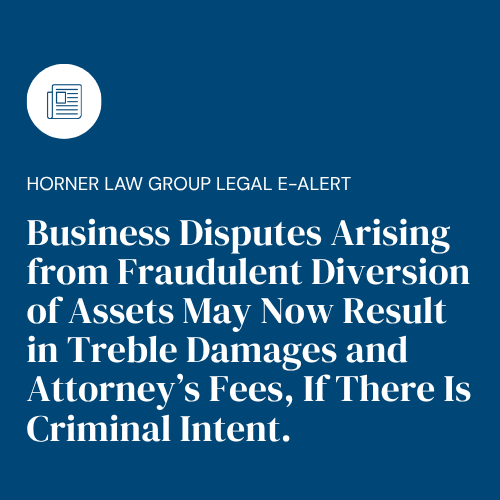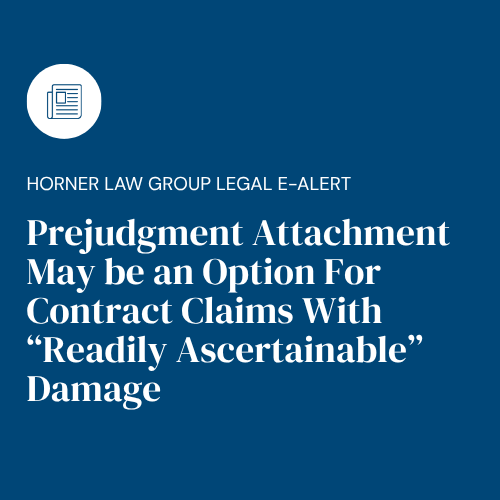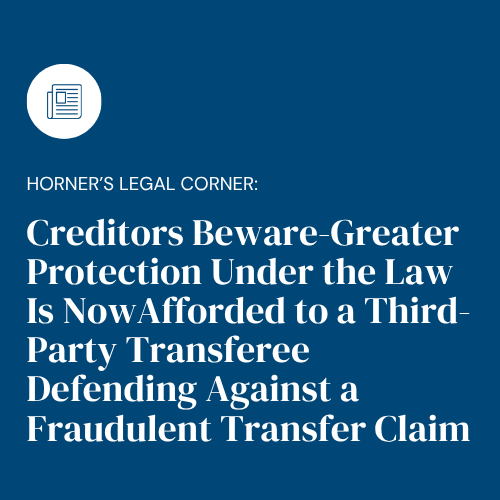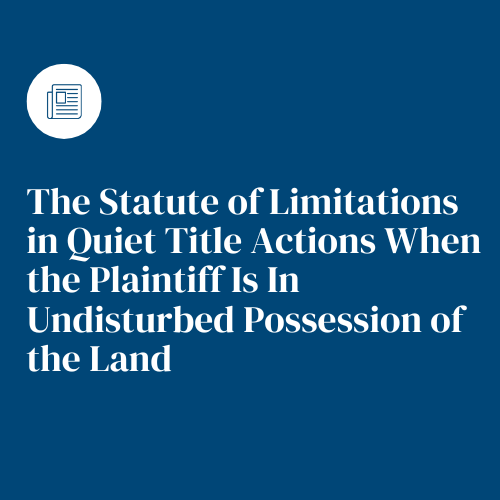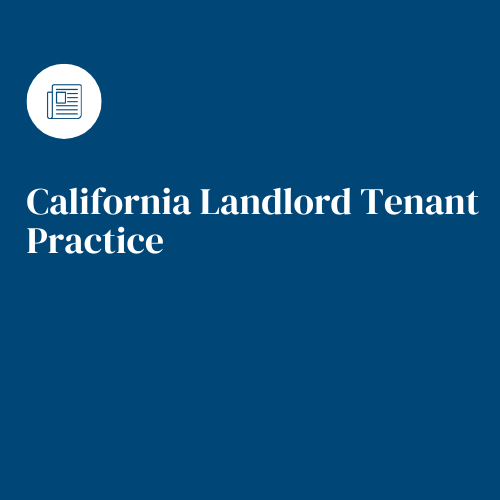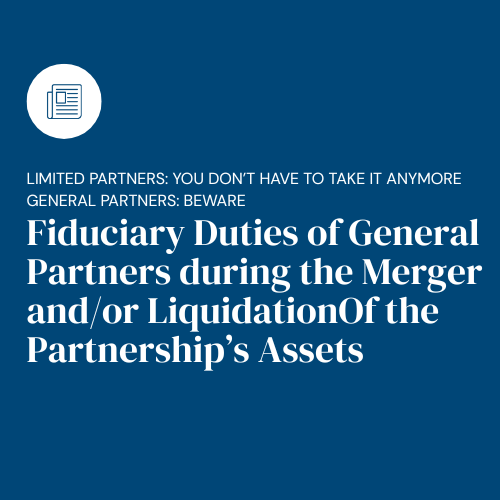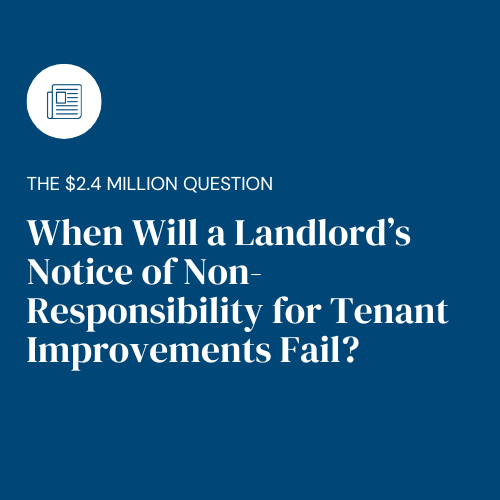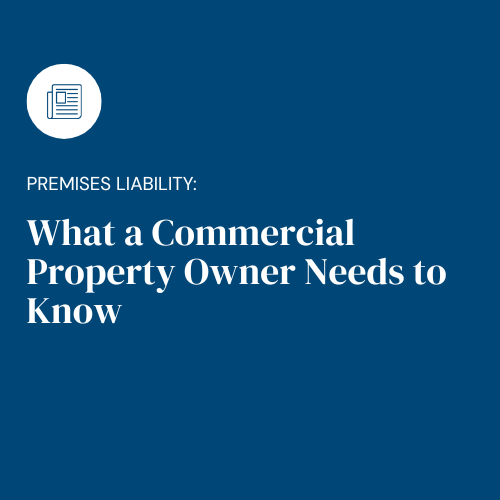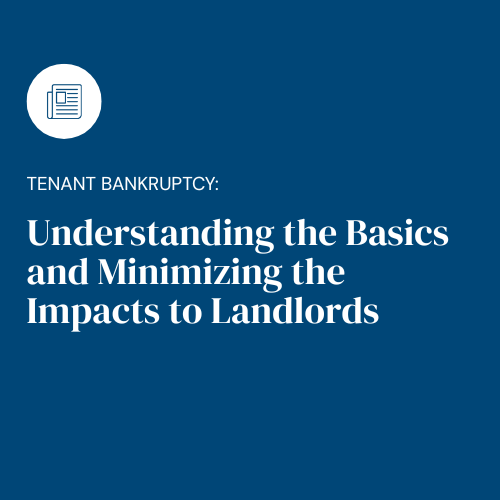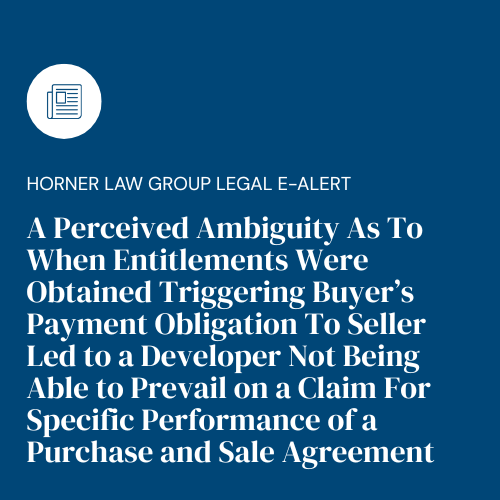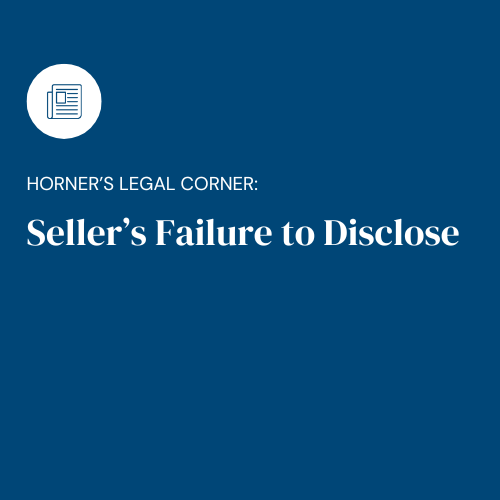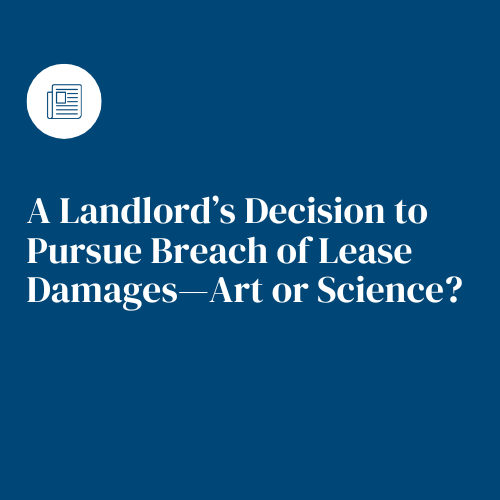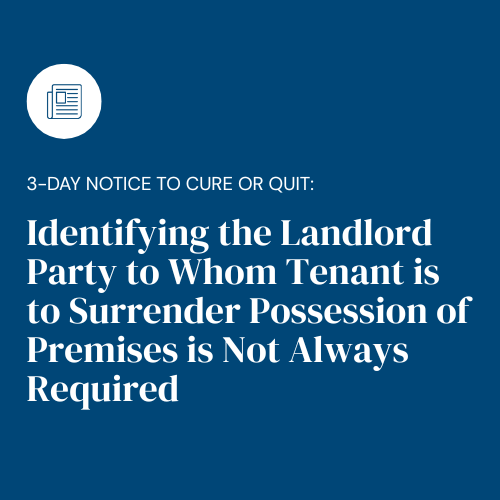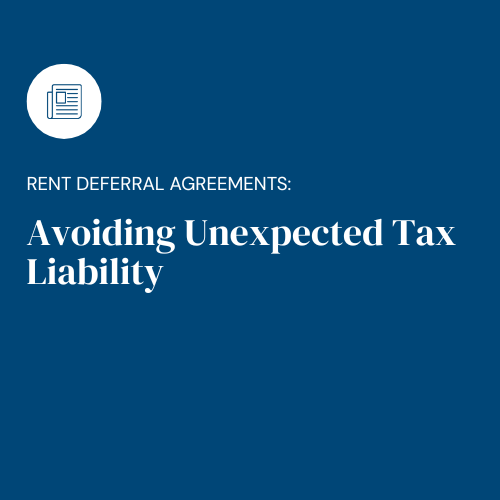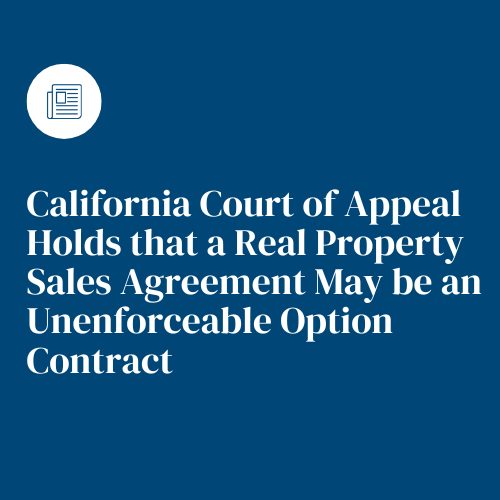Rent Deferral Agreements: Avoiding Unexpected Tax Liability
CONTACT
Cliff Horner
In the current economic climate, owners of retail shopping centers and office buildings alike are being barraged by tenant requests for rent forgiveness or deferral. Since landlords are loathe to simply forgive a tenant’s payment obligations (and landlords’ lenders are not likely to approve an all out forgiveness or rent reduction), the popular approach has been for landlords to defer a portion of the rent for payment later during the lease term. The hope is that the improvement to tenant’s cash flow will allow tenant to avoid going dark in the short term, and when the economy eventually improves, and tenant’s cash flow along with it, tenant should be able to resume full rent payments and also repay the accumulated deferred rent amount over a period of time. For example, a common scenario has been rent deferral of a specified percentage (e.g. 25% or more) for calendar year 2009, with repayment of the deferred amount beginning in calendar year 2011 to be made without interest (or with a minimal interest rate) over a period of 12-24 months.
One aspect of this deal structure that is often ignored by landlords in entering into these arrangements is the fact that, if not properly structured, the landlord may end up paying taxes on the deferred amount in the current year (i.e., on an accrual method), as opposed to when the rent is actually collected (i.e., on a cash basis). When this result is combined with the fact the landlord’s own cash flow has been reduced by the rent deferrals, the impact to landlord’s bottom line in the current year is magnified.
The basis for this result is the application of Section 467 of the Internal Revenue Code. Section 467 was initially adopted in 1984 to address certain tax shelters that were designed to take advantage of cash basis tax reporting by accelerating depreciation deductions while delaying the payment of income taxes on the rental stream by pushing the rent payment obligations (and thus the collection of such income) toward the end of the term. Section 467 was therefore enacted to level such rent payments over the lease term for tax recognition purposes, thereby frustrating the taxpayer’s attempt to defer taxes by recognizing the income at a later time.
To be sure, these tax shelters, and not well-intended landlords attempting to help their tenants through an economic rough patch, were the target of Section 467. But the deferral of rent obligations until later in the lease term has a similar effect for landlords accounting on a cash basis, and thus may trigger Section 467 treatment. The first step in determining whether Section 467 is a concern is to determine whether the lease is worth more than $250,000. If not, Section 467 does not apply at all. However, given that a lease with a 10-year term reaches this threshold if the average monthly rent obligation is in excess of $2,084, many leases will not be able to avoid Section 467 by reason of the $250,000 de minimus rule. Assuming the lease in question exceeds the $250,000 threshold, the next part of the analysis is to determine whether (as in the example above) the deferred rent obligations are not required to be repaid until more than one calendar year after the year in which the obligation was originally intended to accrue under the original rent schedule (e.g., rent originally scheduled to be paid in 2009 is deferred and repaid in 2011 or later). Under such circumstances, Section 467 becomes a concern. It is often possible, though, to add a provision to the rental agreement which addresses this issue and coordinates the parties’ tax reporting so as to minimize any adverse impact of Section 467.
To discuss this issue, and other strategic issues in structuring a rent deferral arrangement (such as confidentiality, recapture and acceleration provisions), please contact Kevin Corbett at (925) 943-6570.
Subscribe to Horner Law Group Mailing Lists
Get the latest significant legal alerts, news, webinars, and insights that affect your industry.

